
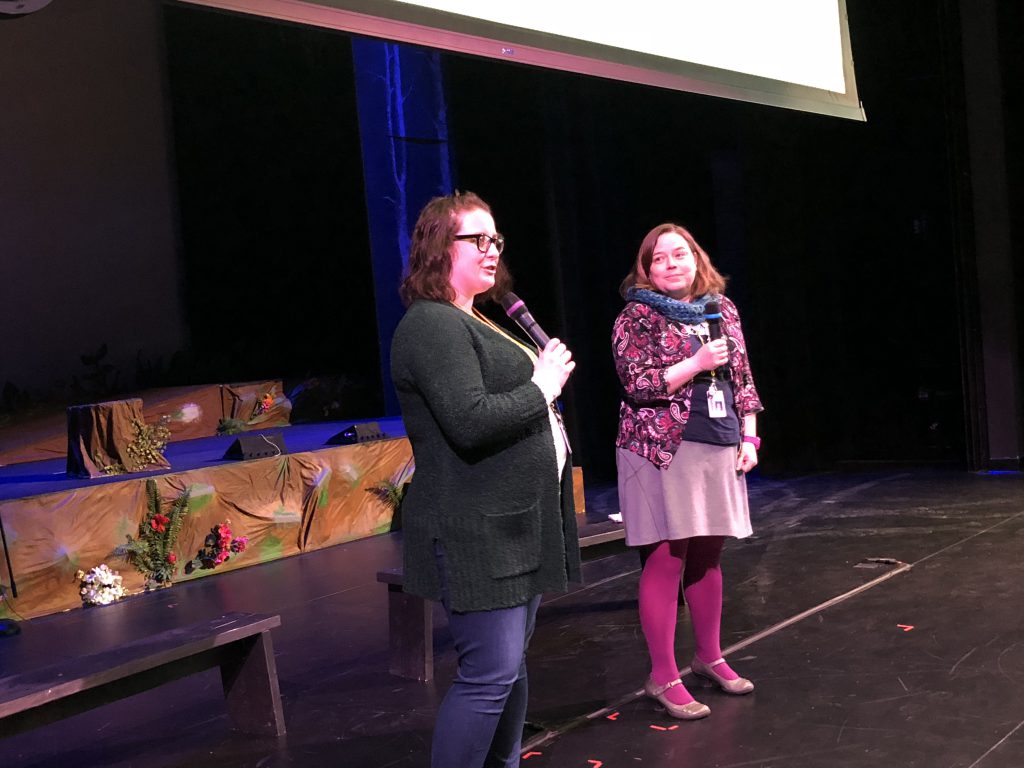
(1) Participates actively and constructively in Program Development Day activities
I actively engage in Program Development Day activities by attending trainings, participating in collaborative meetings, and contributing to the community through social events and professional presentations. I seek out opportunities to share my expertise with colleagues while also learning from others, supporting a culture of continuous growth and collaboration.
One example occurred on May 18th, 2018, during our discipline design process. I had recently become a full-time member of the Technology discipline after stepping away from teaching Scientific Thinking 1 and Mathematical Thinking 2. I transitioned to teaching MAKE and BOTZ and managing the new Middle School Makerspace, which allowed me to concentrate more deeply on a single discipline. That year, it was our turn to present the work we had done as a discipline to the full faculty. We decided to organize breakout sessions where each of us shared aspects of our teaching. My focus for this session was robotics.
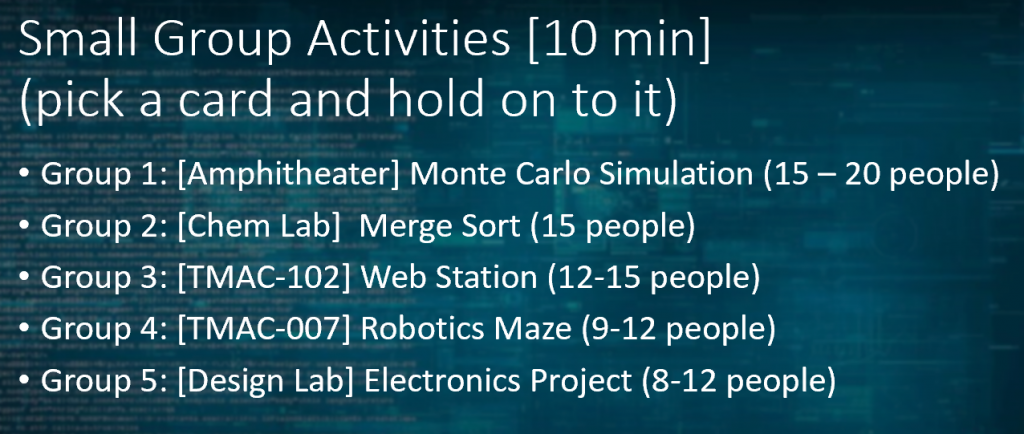
For my robotics demonstration, I built a cardboard maze for the robots to navigate—similar to the photo below (not mine, unfortunately, as I didn’t think to document the project at the time!). I wrote a starter program to demonstrate how the different code blocks influenced the robot’s behavior, then guided my faculty group through writing their own code to solve the maze. It was a lot of fun to share my work with the larger faculty and dive deeper into robotics with my small group.

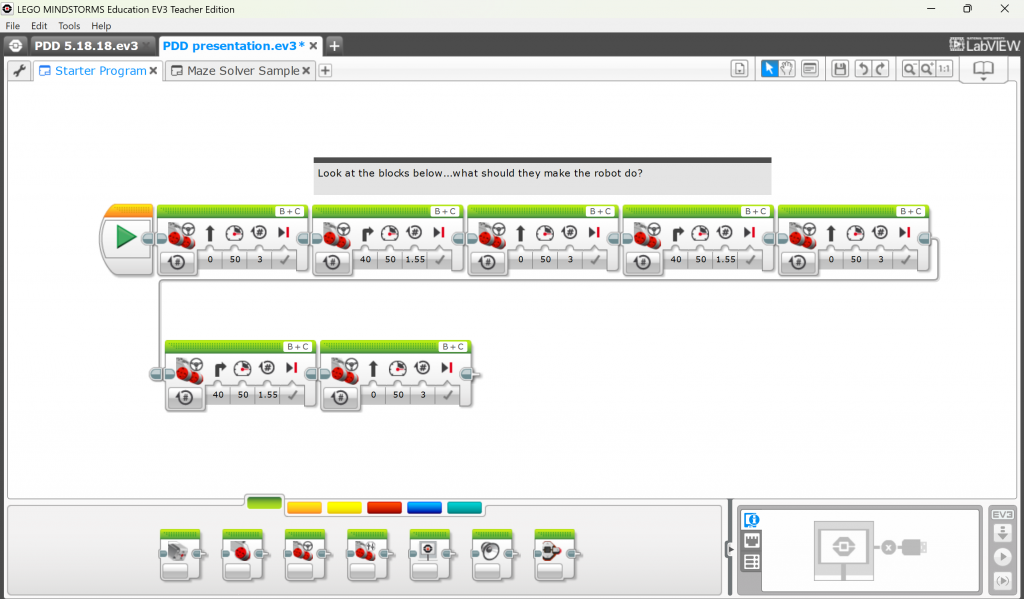
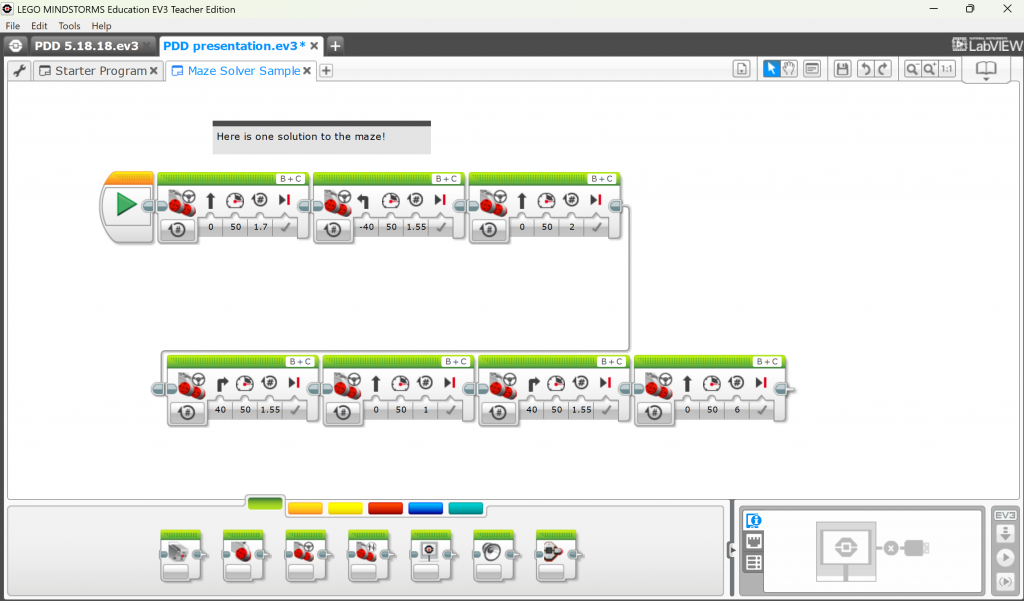
In addition to academic sessions, I make a point to engage with the social aspects of professional development days, particularly by connecting with colleagues I don’t often get to see—especially those from the Upper School or staff roles outside my usual teaching circles. During the spring of 2023, one such opportunity arose during a “choose your own adventure” segment of PDD. At nearly 30 weeks pregnant and very much in need of some self-care (I hadn’t seen nor tended to my feet in weeks), I opted to join Michelle Lorne’s “Relaxing Pedicures” event.
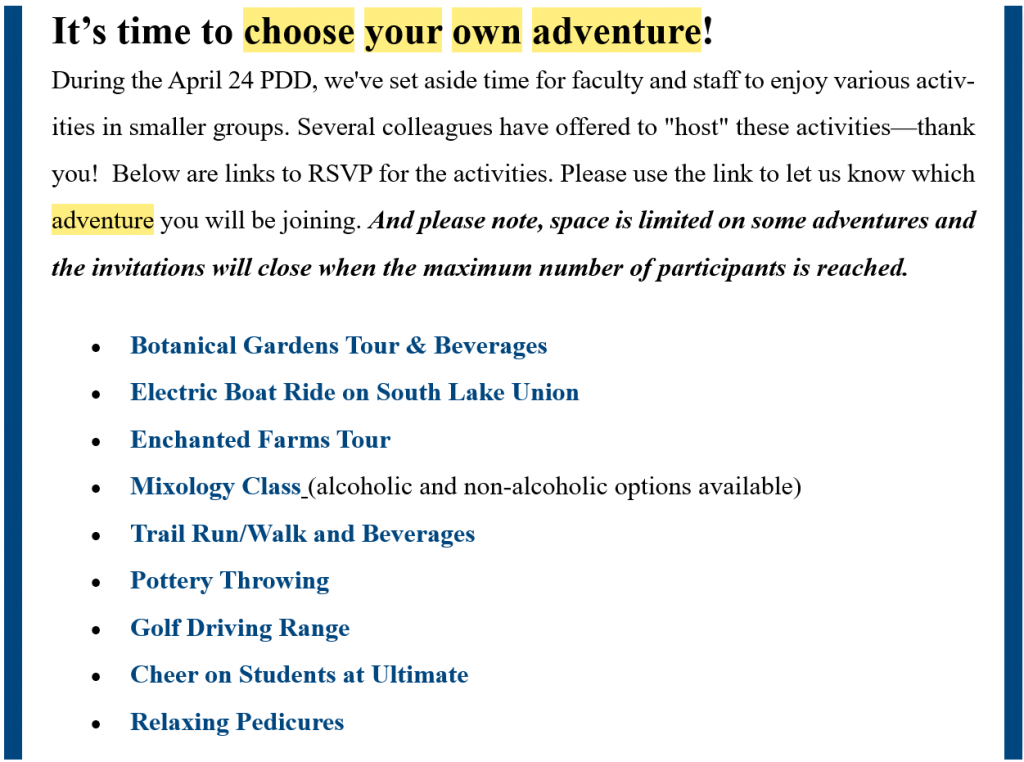
It turned out to be a delightful way to unwind with a sparkly (non-alcoholic for me) beverage in hand, enjoy some much-needed pampering, and connect more deeply with colleagues. I especially appreciated the chance to chat with Yiyun Hendrix, someone I had previously only exchanged brief greetings with. The experience reminded me of the value of these informal moments for building community and strengthening cross-divisional relationships.

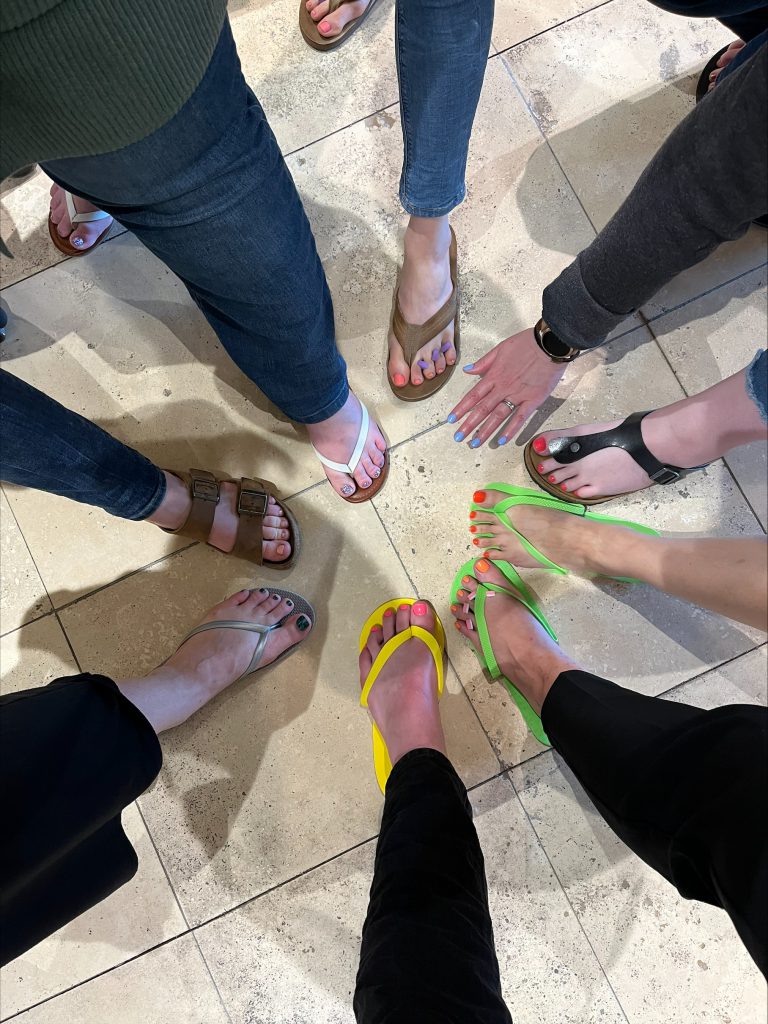
Together, these experiences reflect my commitment to engaging fully in Program Development Days—both by contributing meaningfully to our shared professional learning and by embracing opportunities to strengthen relationships across the school community. I see these days not just as a requirement, but as a valuable chance to grow, collaborate, and connect.
(2) Pursues opportunities to present/facilitate during Program Development Days and/or external conferences
I genuinely love the work I do at EPS, especially in the Makerspace, and I’m always eager to share that passion with others. Whether facilitating sessions during Program Development Days or assisting with personal projects, I actively seek opportunities to introduce and teach others about the tools, projects, and practices that inspire me. This enthusiasm for sharing and collaboration has been a central focus of our Technology discipline throughout my time on the team, and it’s where I believe I contribute the most knowledge and expertise.
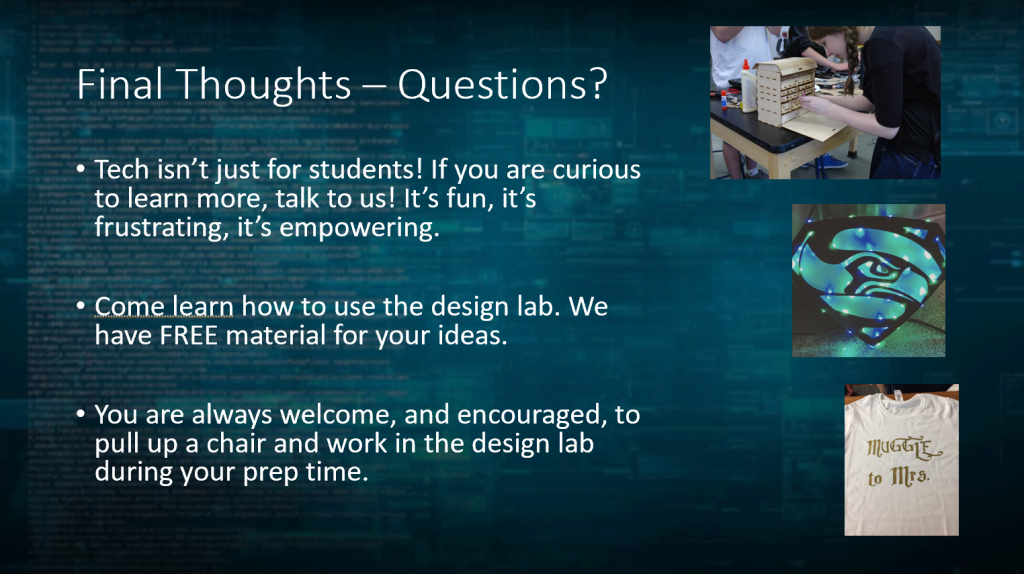
I have led Makerspace trainings for staff on several occasions. A few years ago, Tina Hadden sought ways to engage the admin staff in professional development while helping them explore parts of the school they don’t often get to visit. She invited me to lead a week-long Makerspace session in 2018, where I taught 3D printing, laser cutting, and vinyl cutting using heat transfer vinyl (HTV) for shirts and hats.
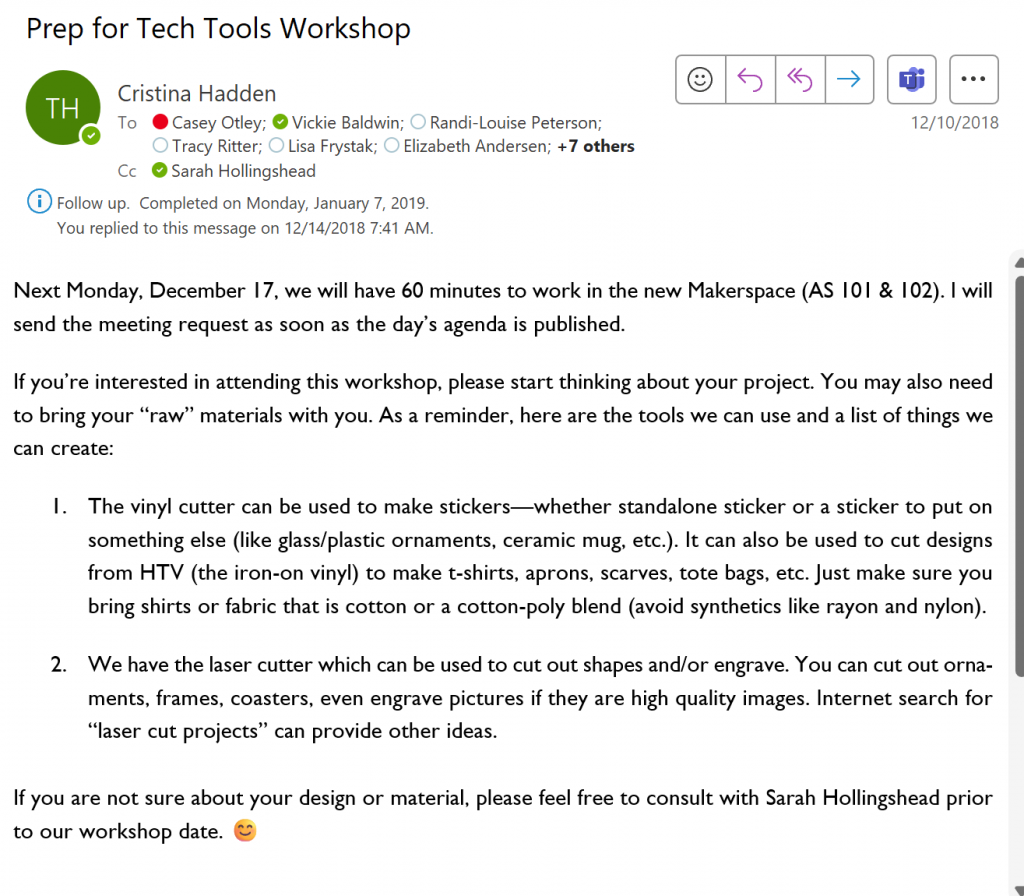



Since that initial Makerspace training, I have conducted sessions almost every year on a variety of topics—except during the COVID quarantine years and my two maternity leaves. As my availability has decreased, the responsibility for these official trainings has been passed on to Maz and now Ellie. However, I continue to invite and welcome faculty and staff to visit the Makerspace on professional development days to learn the tools and create.

Another way I seek opportunities to present or facilitate during Program Development Days is through my Evolution of Instruction presentations. I have presented twice—once while teaching science with Katie Dodd, and more recently on February 14th of this year. In an ongoing effort to showcase both my work and student projects in the Makerspace, as well as to encourage the adult community to engage with the space, I gave a presentation on my certification system in the Middle School Makerspace (shoutout to Karen Mills for the idea!). This process, which empowers students to learn the tools and then teach others—both peers and adults—could be applied to many other areas of the school. You can find my presentation below, and the certification process will be discussed in more detail in the Pedagogical Practice section of my PDP.

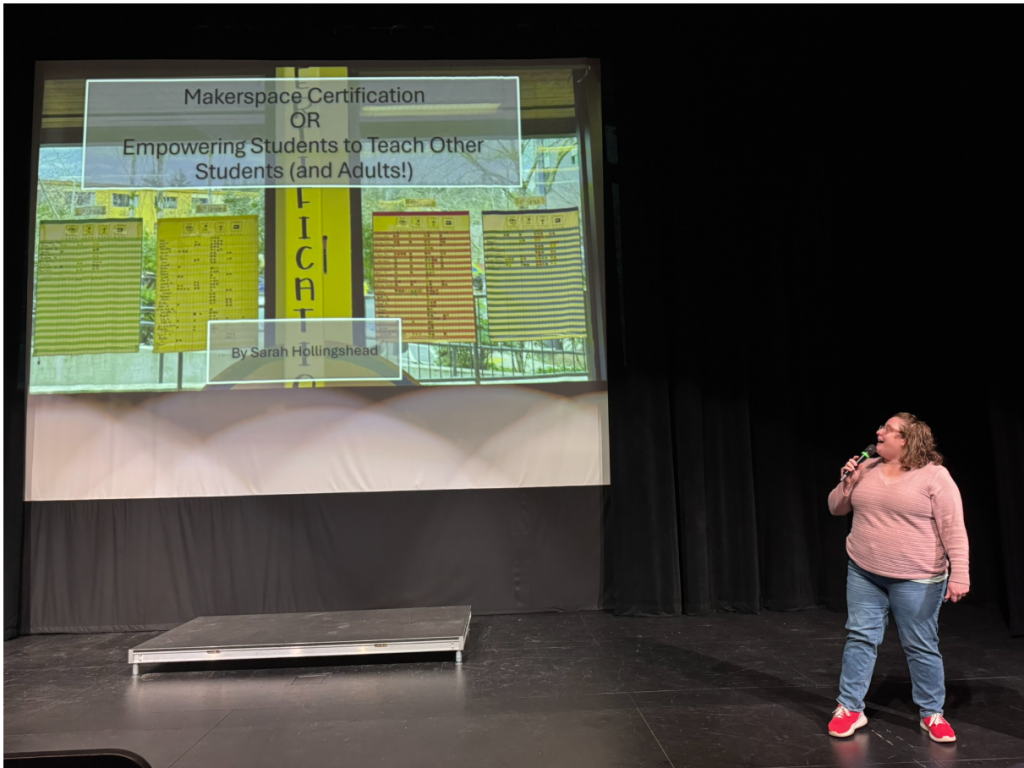
These ongoing opportunities to present and facilitate during Program Development Days demonstrate my dedication to sharing knowledge, fostering community engagement, and supporting the growth of both students and colleagues within our school.
(3) Identifies and pursues internal and external professional development opportunities to enhance practice
I strongly believe that the learning is never done, especially for teachers. There are new best practices and ways our disciplines are changing all the time, so I actively seek out professional development opportunities that I feel would benefit my practice.
I found my way to one such opportunity in the summer of 2018 with the help of Katie Dodd. The Monterey Bay Aquarium developed a program called the Project-Based Science Institute, which is designed to “Deepen your understanding of the nature of science and student-driven projects and get tools to enhance your curriculum.” You can see more detail on this institute at the link here https://www.montereybayaquarium.org/for-educators/educator-professional-development/educator-programs/project-based-science-educator-institute .
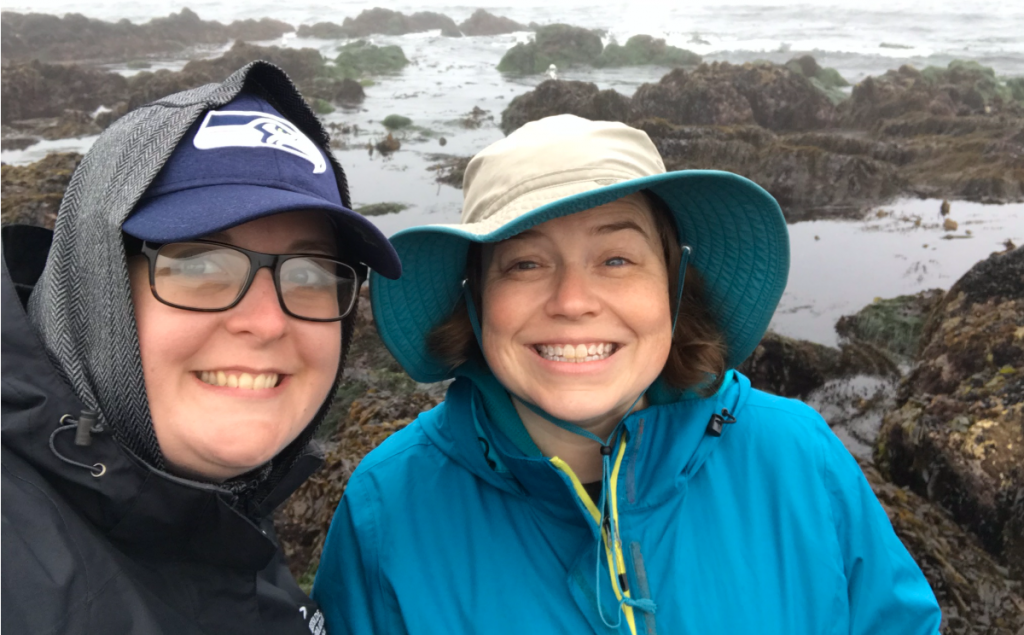
During this week-long training in PBL, Katie and I had the opportunity to engage in a variety of hands-on experiences. We learned how to conduct a schoolyard survey and use photo technology and apps to identify different species of plants and animals.


We participated in Citizen Science through the LiMPETS (Long-term Monitoring Program and Experiential Training for Students), studied the behavior of bat rays and abalone, and even had the chance to feed them.


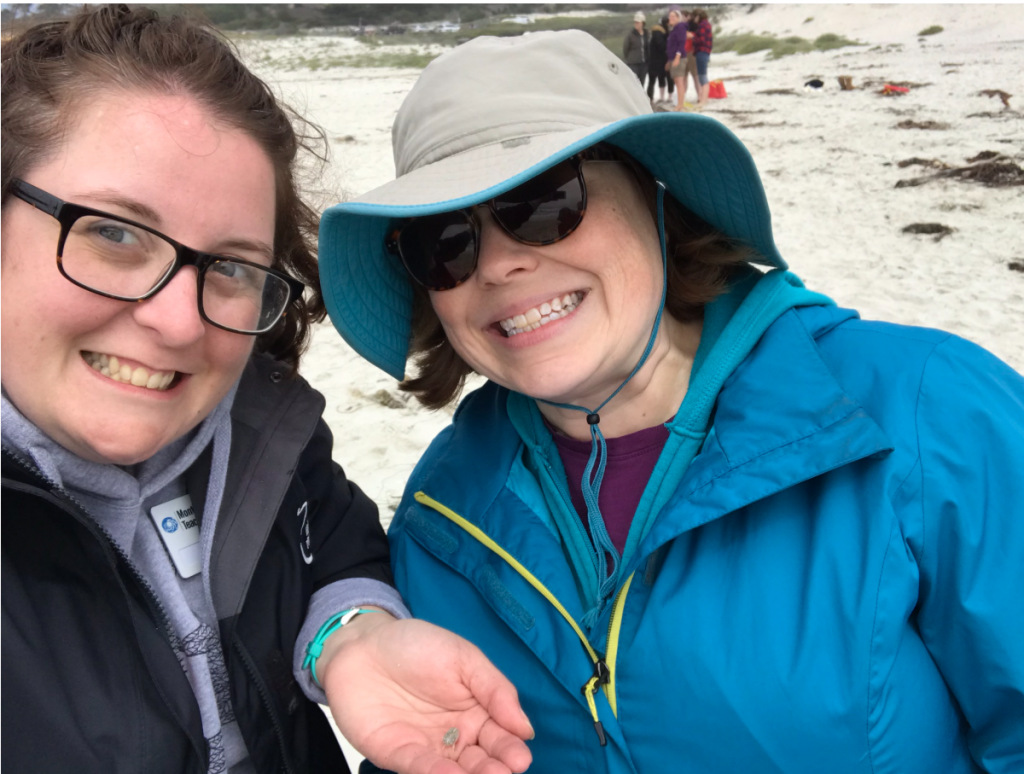
We also explored ways to involve students in project-based learning through experiences in our own schoolyard and city.
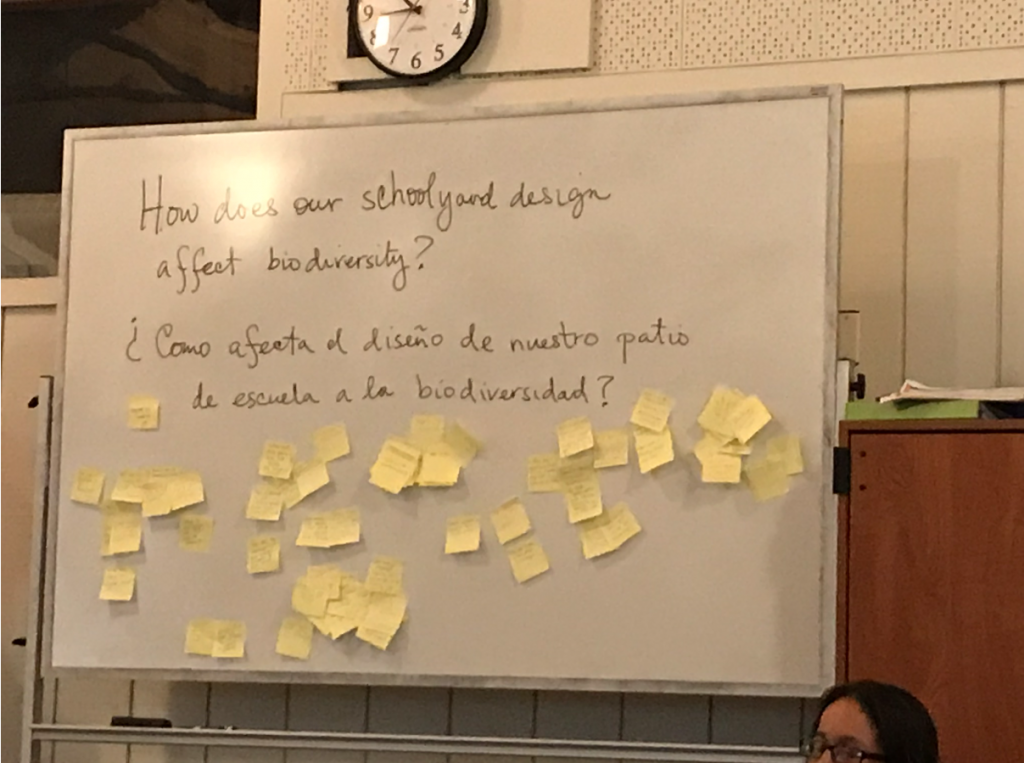

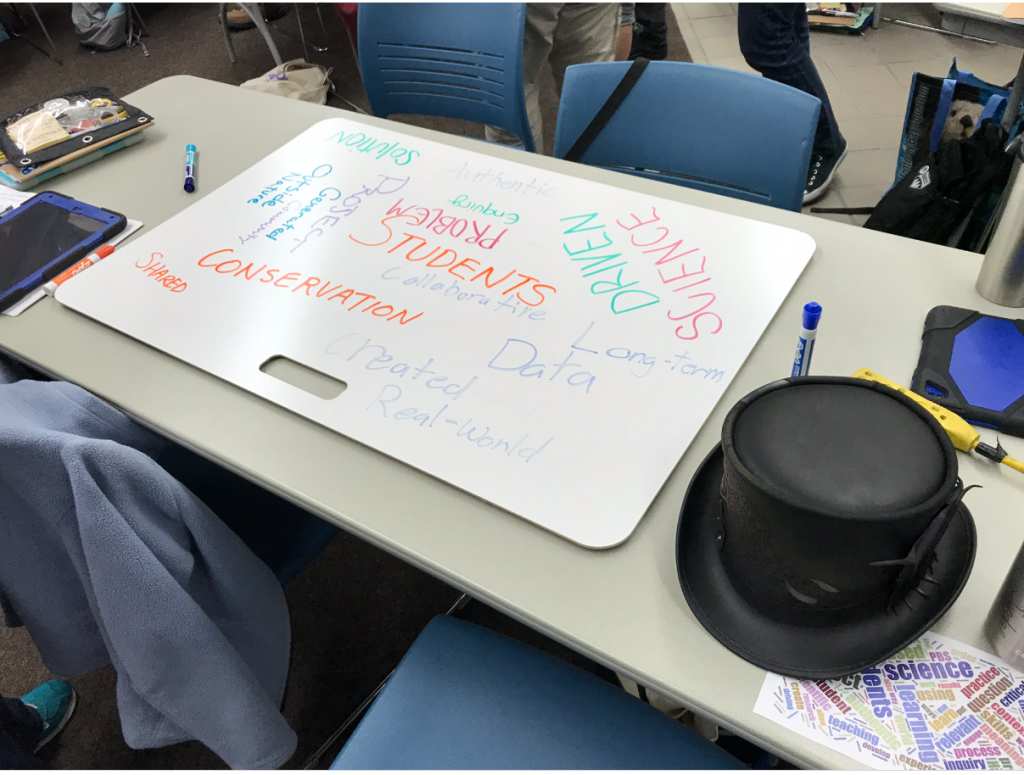
One of the most rewarding aspects was connecting with inspiring educators from across the country to share ideas, exchange experiences, and hopefully collaborate in the future.

As part of the program, we received schoolyard surveying tools and texts that supported the content we explored throughout the week.
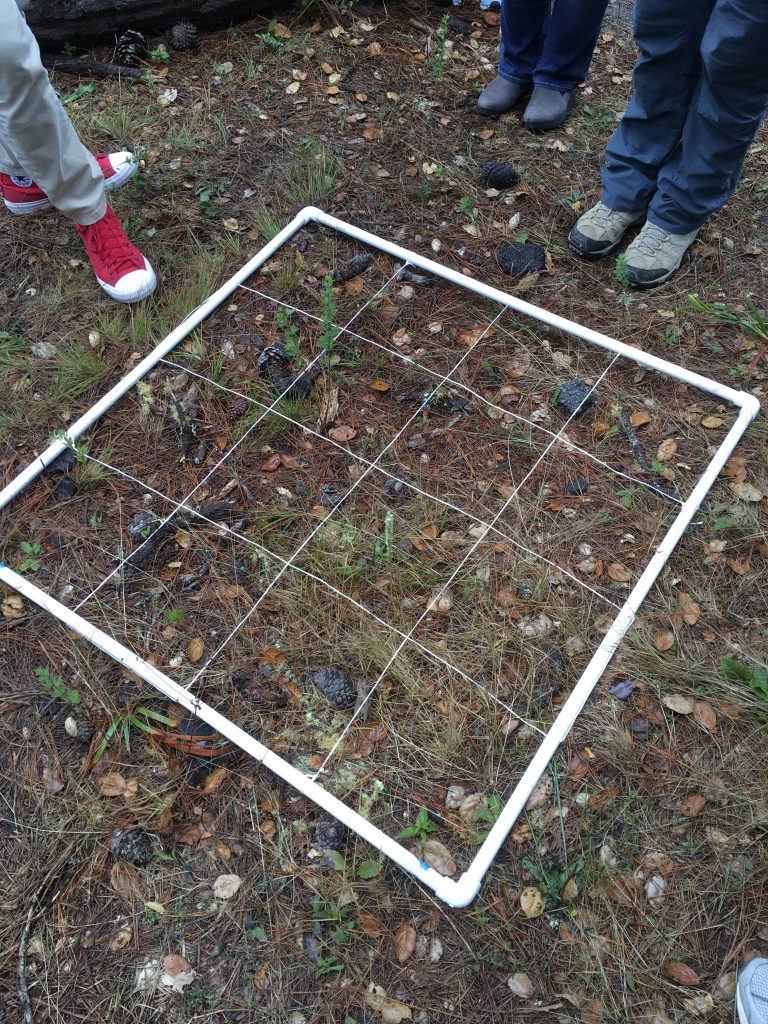
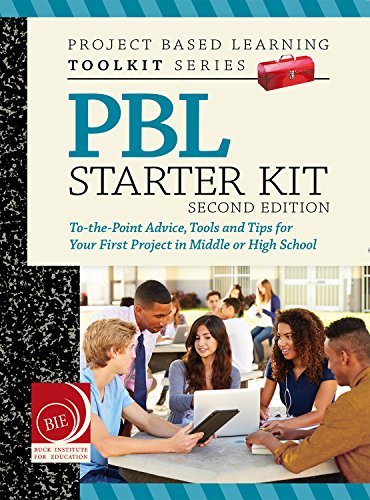
Even though I no longer teach science at EPS, I still draw on many of the lessons I learned during that training in my current Technology classes and the Makerspace. I’ve restructured the courses I now teach to align with project-based learning (PBL) standards. Assignments and projects are designed to get students moving, applying existing skills, and learning new ones throughout the course. I aim to integrate with other disciplines whenever possible and place a stronger emphasis on documenting each step of the process—from brainstorming and prototyping to final iterations. This approach applies to BOTZ, MAKE, and WEB; while the content and projects differ, the underlying process remains the same.



The training also introduced me to a variety of tech tools and apps that I continue to use in my practice, including a meme-maker app that Katie and I used to create a teenager-approved meme for the classroom (seriously, no less than 3 teenagers laughed and said this was a quality meme!).

That same year, I also participated in a Makerspace training with Lindsey Own at The Evergreen School. I spent a week in the BIG (Build, Imagine, Grow) LAB to learn how their Makerspace was organized and operated, as we were in the process of building our own middle school–focused Makerspace at EPS. This training was incredibly valuable in helping me understand how to empower students to create independently, even with limited staff support. I also learned how to use materials more creatively—or, in EPS terms, how to “Innovate Wisely.” My design lab tutorials were inspired by those I saw in the BIG LAB, as were many of the organizational strategies I now use, including sorting materials into clearly labeled bins. Lindsey also introduced me to my all-time favorite tool: the cardboard cutter. That tool has truly changed my life!
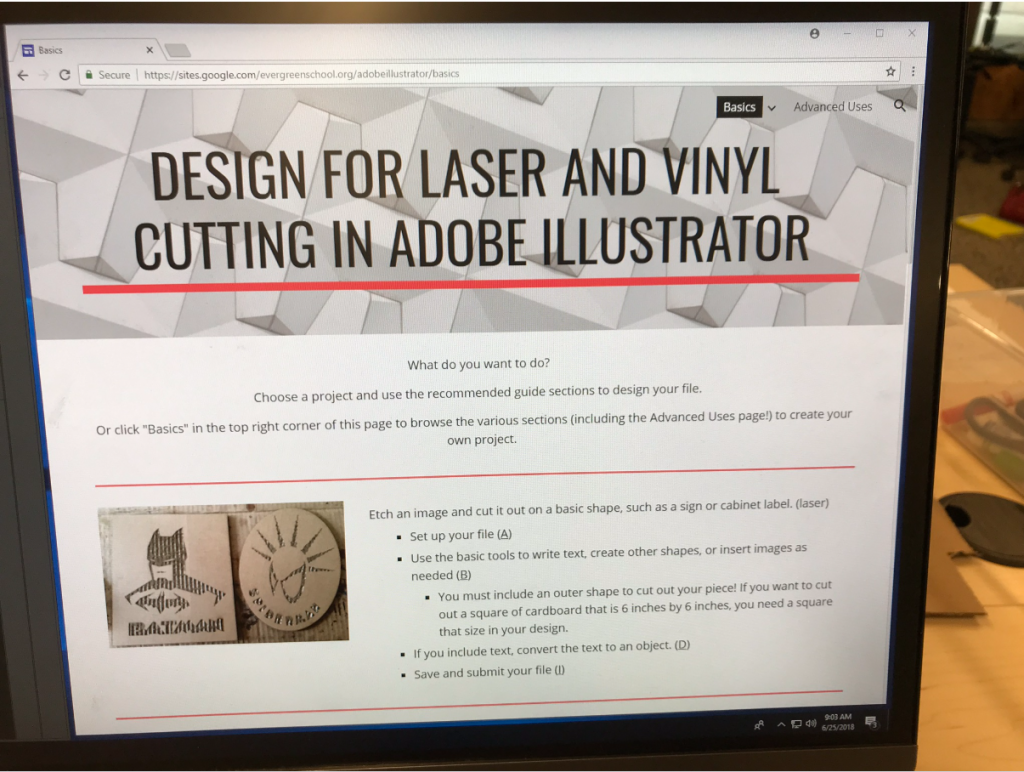
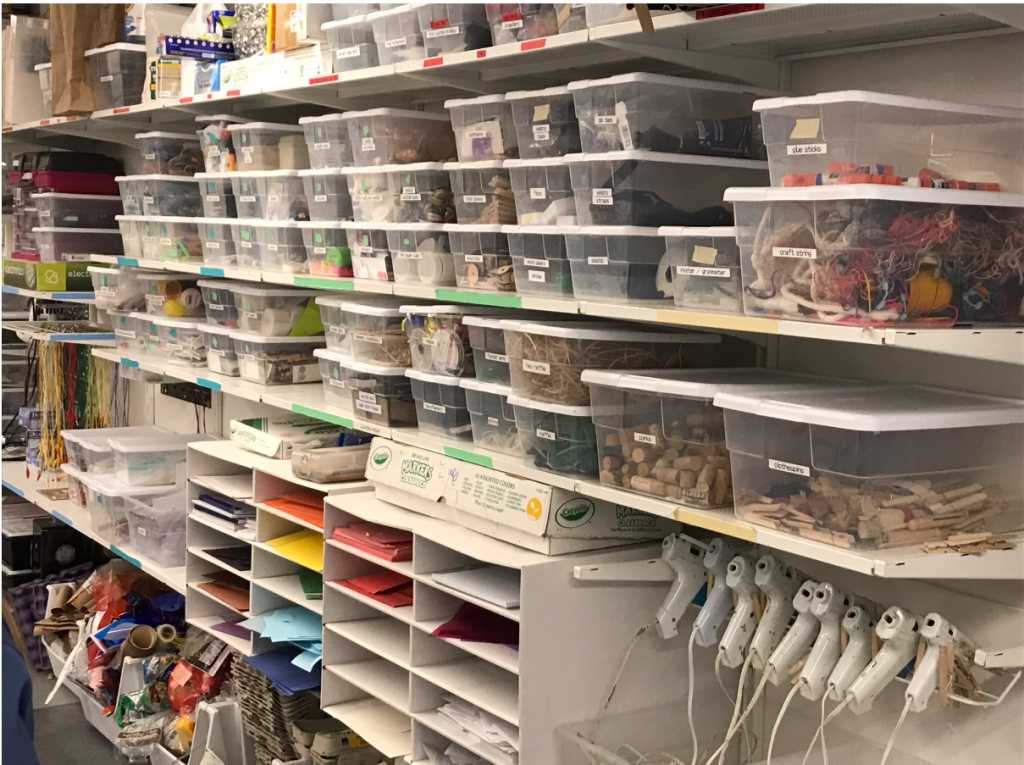
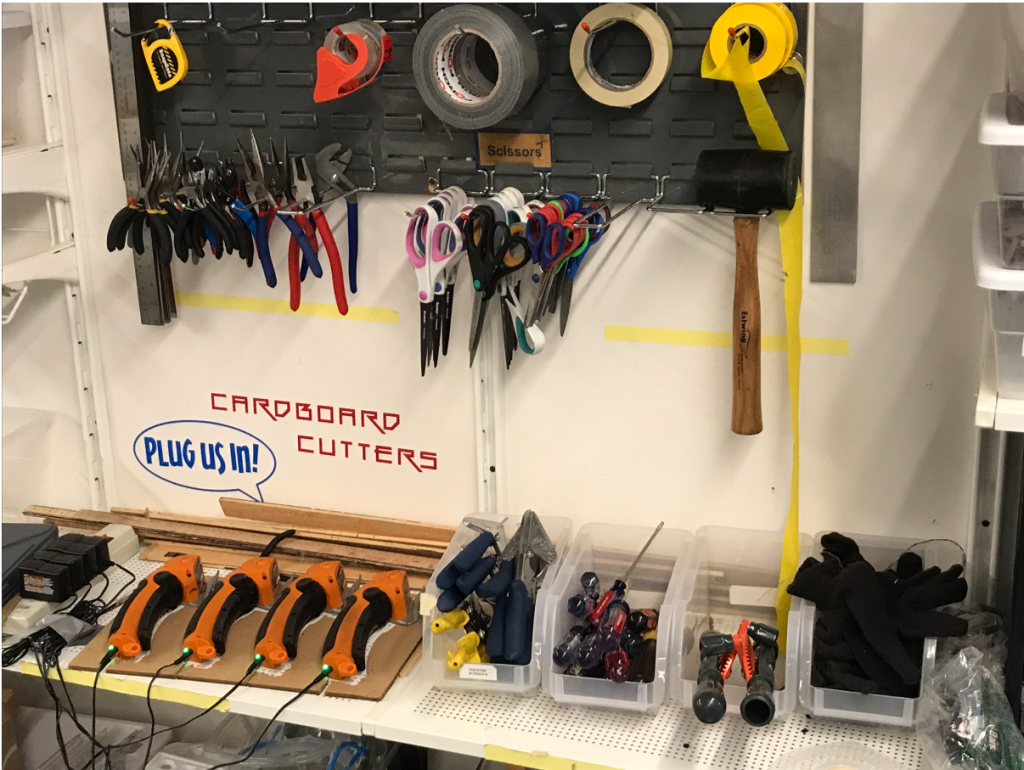
In addition to the organizational strategies and life-changing tools I discovered, I also left this training with countless ideas for curricular integration. Lindsey’s primary role is to run the BIG LAB, which gives her frequent opportunities to collaborate with teachers and bring classes into the space to explore how technology can be meaningfully integrated into core subjects. This is something I’m deeply passionate about and wish I had more time in my schedule to pursue. Some of the project ideas I encountered during the training are pictured below. If any of them spark ideas for how you might integrate the Makerspace into your own courses, please come talk to me—I’d love to collaborate!


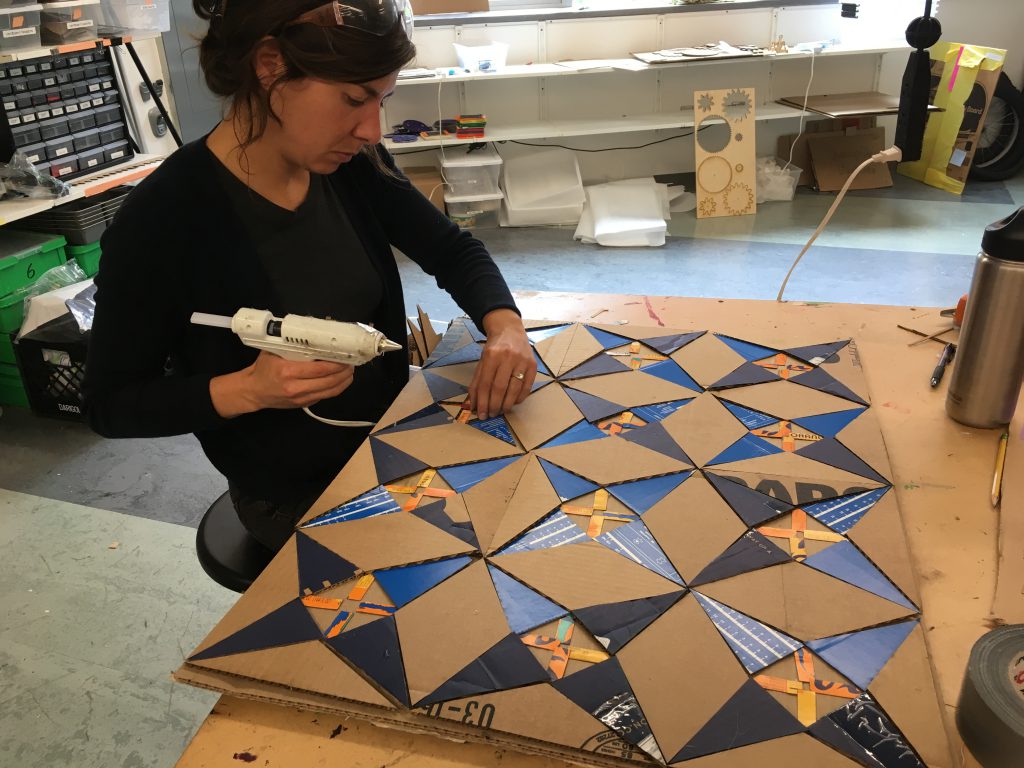

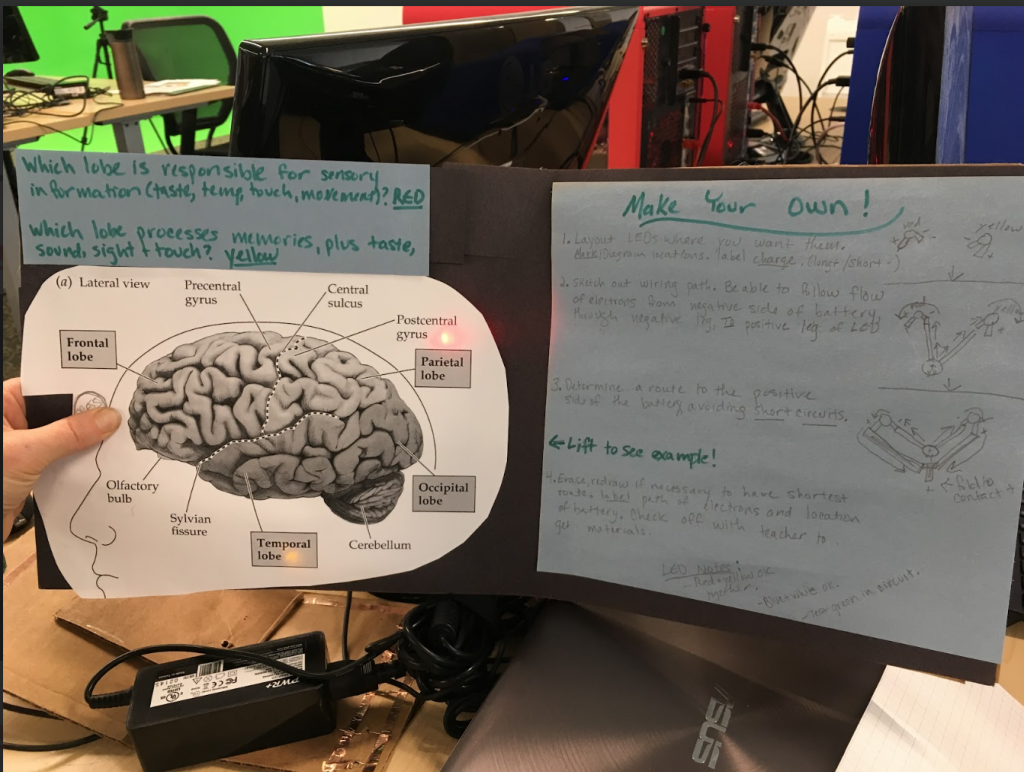

Another Makerspace-focused training I participated in took place in the summer of 2020, when it became clear that quarantine would extend through most of the upcoming school year. I was in a bit of a tailspin trying to plan for my MAKE class in particular, since a large part of the course is dedicated to using Makerspace tools like the vinyl cutter, laser cutter, and 3D printer—none of which students had access to at home. I did end up mailing home a circuit board kit, but that only covered the final unit of the class. While I was still trying to figure out how to adapt the rest of the course for remote learning, Jonathan Briggs came to the rescue by forwarding information to Maz and me about a virtual training from Rice University focused on teaching engineering courses in a remote environment. I immediately signed up for all three sessions.
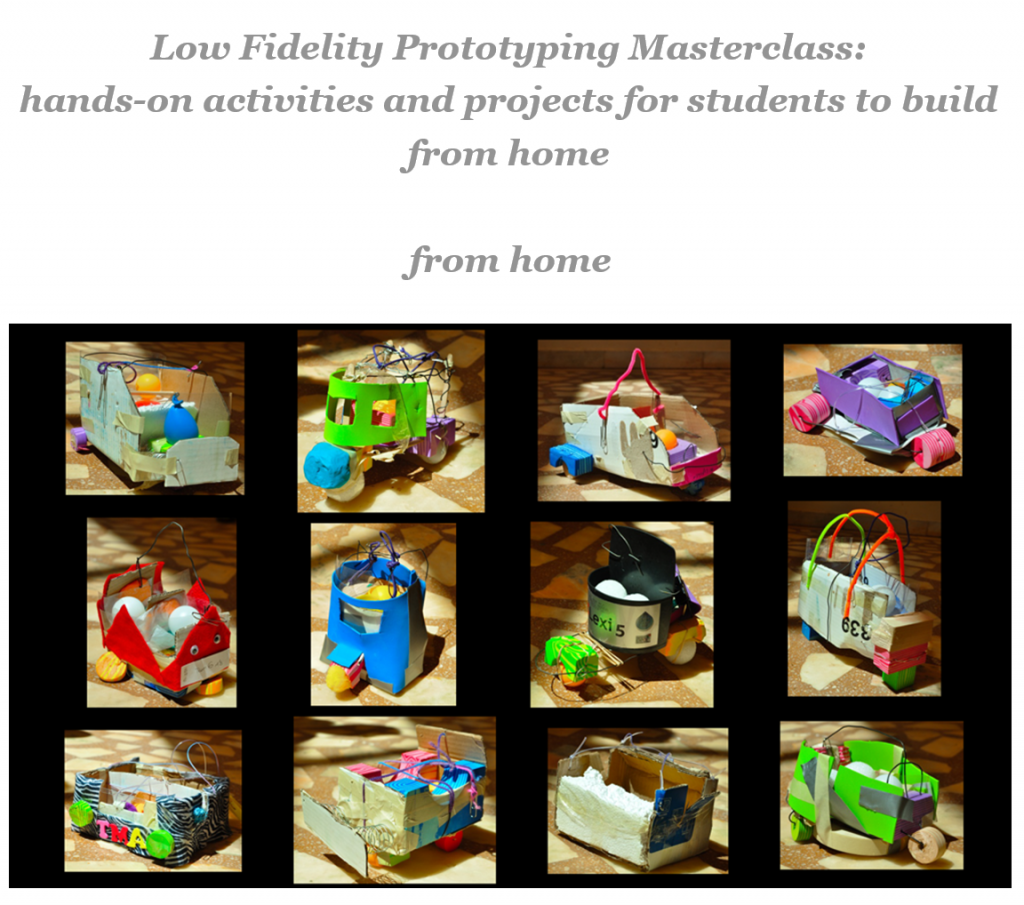

These courses essentially built the foundation for the first half of my remote MAKE class. The activities we explored were easy to implement using materials students already had at home. They were also highly adaptable—scalable based on students’ skill levels and whatever tools or materials they had access to. Most importantly, they reinforced the prototyping and iteration skills that are central to my curriculum. You can see a snapshot below of my remote students testing their prototypes during the Spinning Top Factory design challenge.
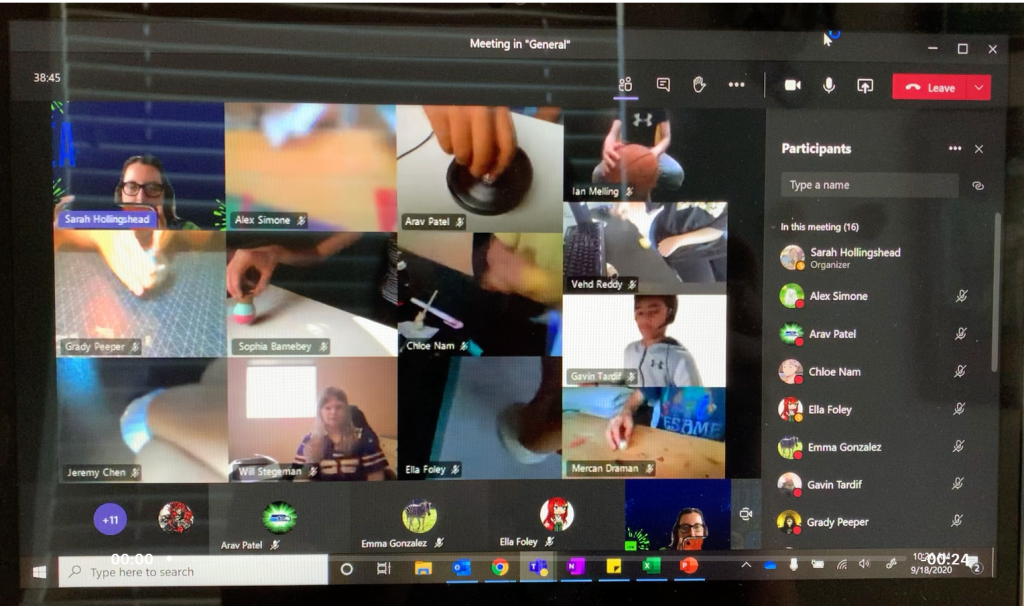
I continued to use the design challenges and prototyping strategies I learned from these courses in my MAKE class after we returned to in-person learning, though they’ve evolved over time. I’ve since replaced the Spinning Top Factory project with a Siege Engine Design Challenge, but the core principles remain the same: using low-fidelity tools and materials, prototyping quickly, and iterating often are still central to the learning experience.


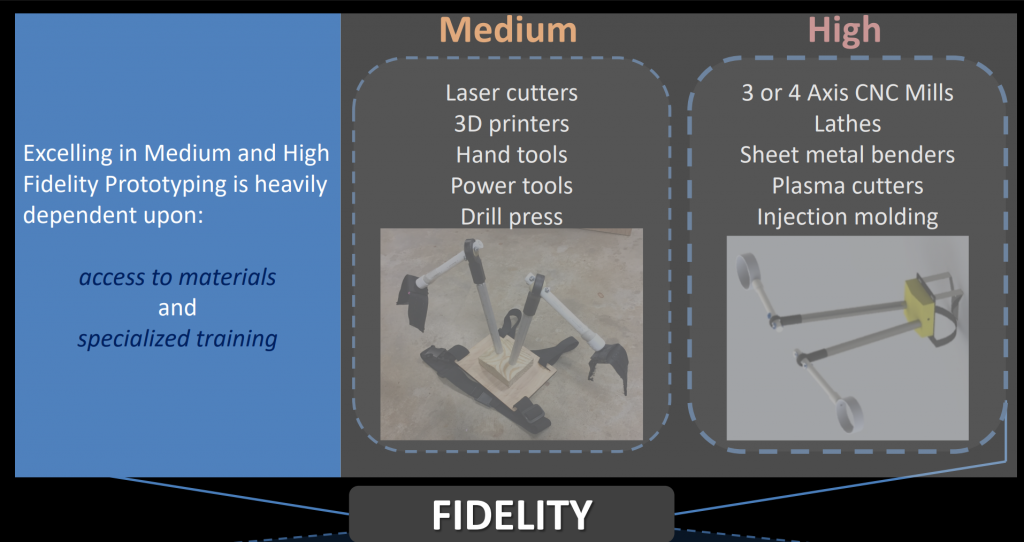
Internally, I’ve taken part in a wide range of professional development opportunities—whether it’s engaging with a colleague’s Evolution of Instruction presentation, collaborating on projects or learning new skills from peers in my discipline, or expanding my understanding of how to support neurodiverse learners through Learning Support. One example that stands out from the 2023–2024 school year relates to my ongoing efforts to grow as a technology educator. Since joining the Technology discipline in 2018, I’ve often experienced imposter syndrome. I didn’t study tech formally, I haven’t worked in the tech industry, and I have the least programming experience of anyone on my team. While I bring strengths in other areas that complement the team, I’ve sometimes felt left out—especially when I don’t understand programming references or jokes about things like SQL.

But JB said this was tech conference-level funny, and said more can be found at https://xkcd.com/
Last year, I decided to actively address this gap. I chose a period in spring 2024 to close the Makerspace and dedicate time to learning Python. I used resources like W3Schools and Codecademy, and I also audited Kate Lewellen’s Programming 1 class here at EPS. This experience significantly boosted my confidence and gave me new ways to incorporate Python into my BOTZ and MAKE classes. It was also genuinely fun—I built a Labyrinth-themed “Choose Your Own Adventure” game and a NeverEnding Story-inspired fortune teller!
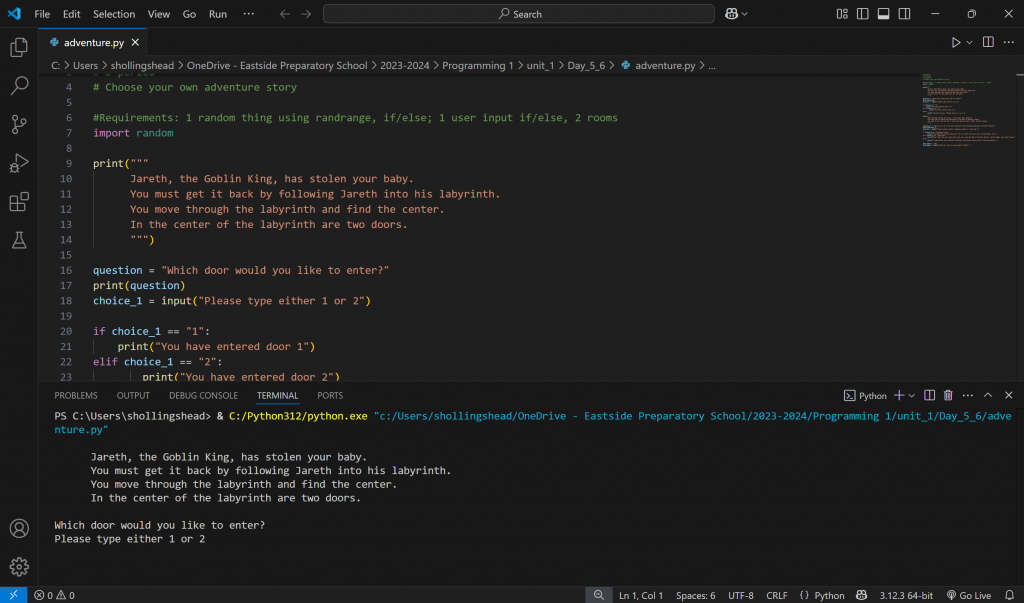
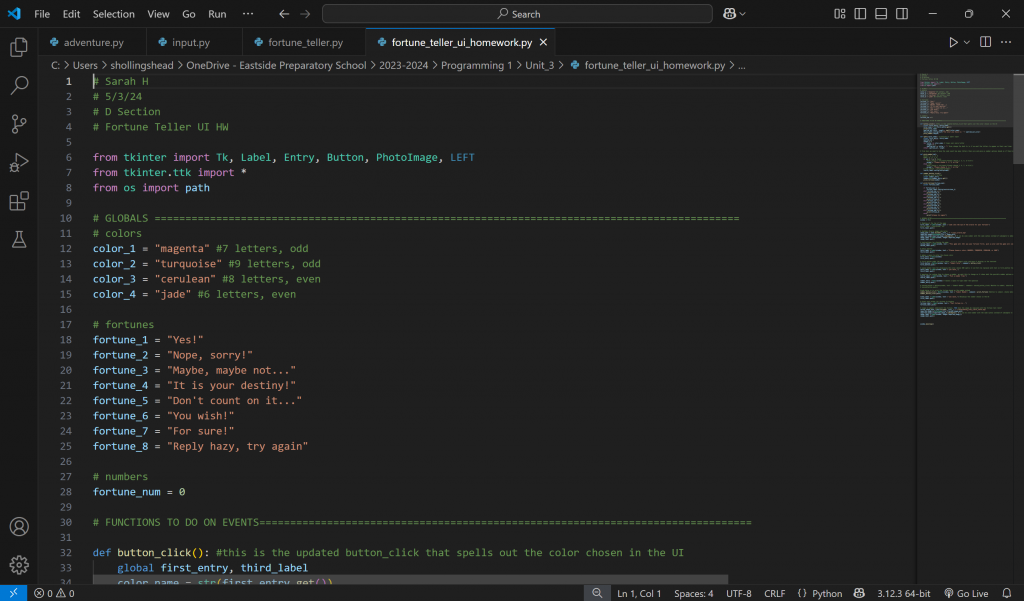
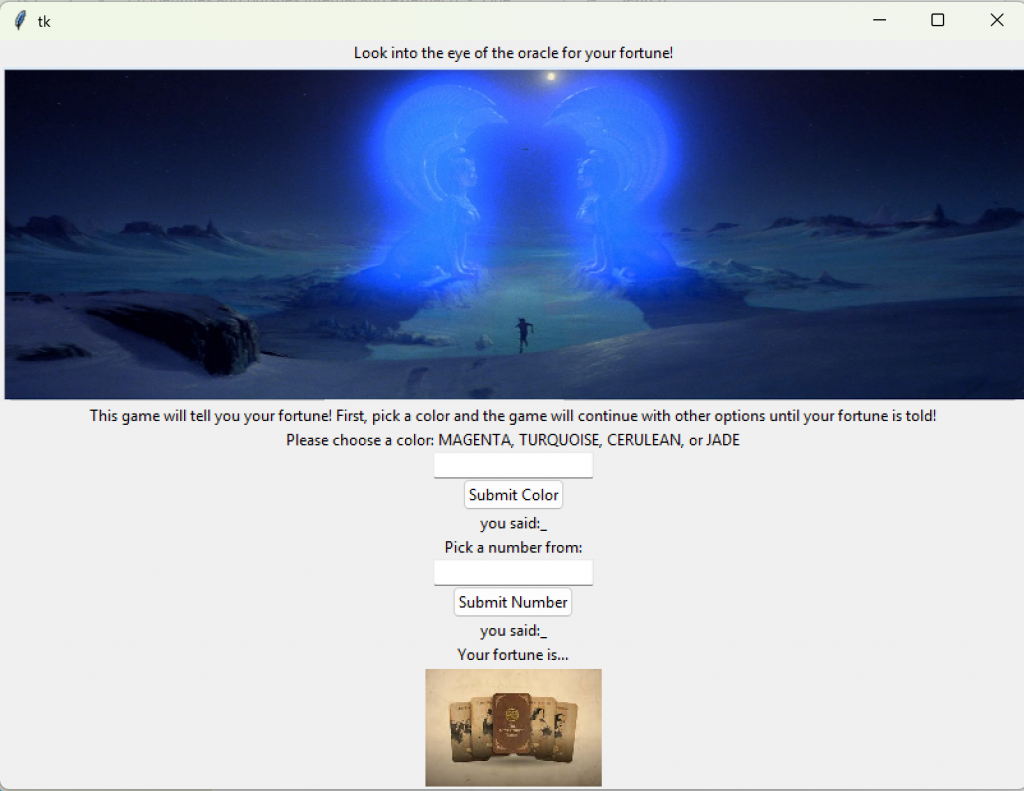
These experiences not only strengthened my technical skills and confidence, but also deepened my connection to the discipline and expanded the creative possibilities I can offer my students. It’s a reminder that professional growth is ongoing—and can be both empowering and fun.